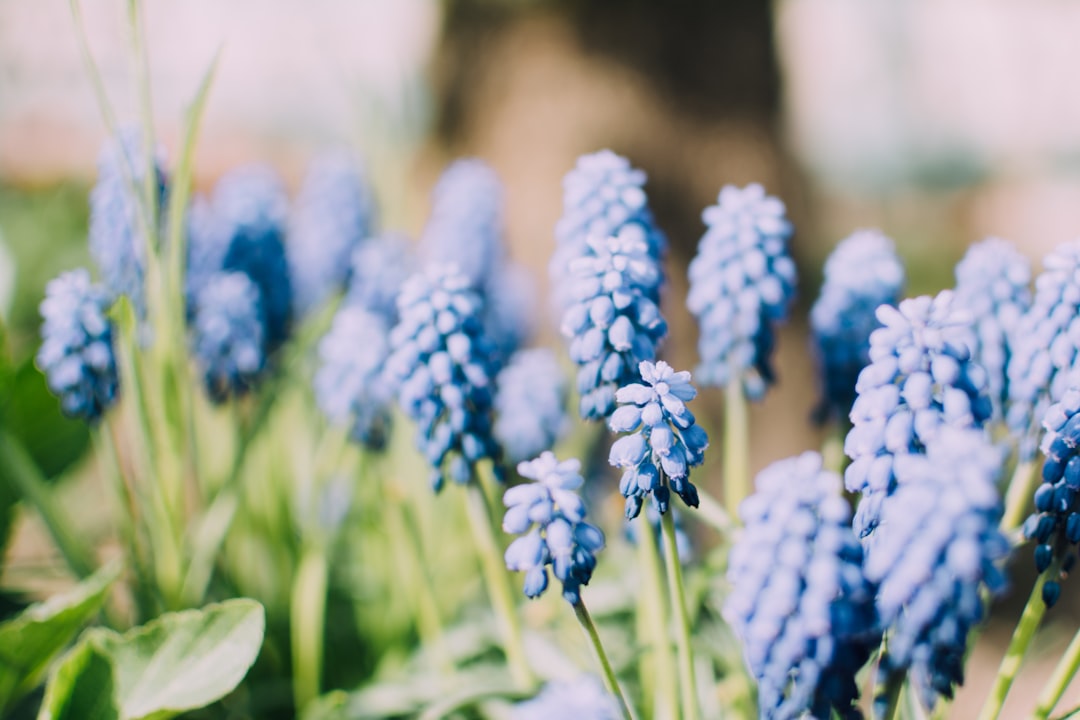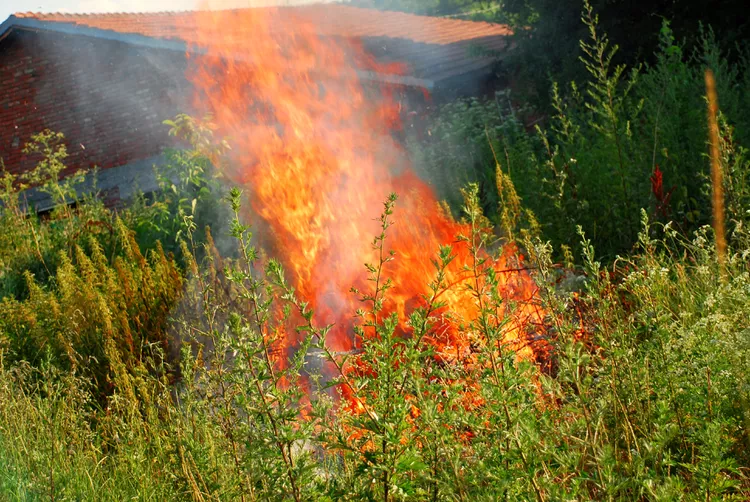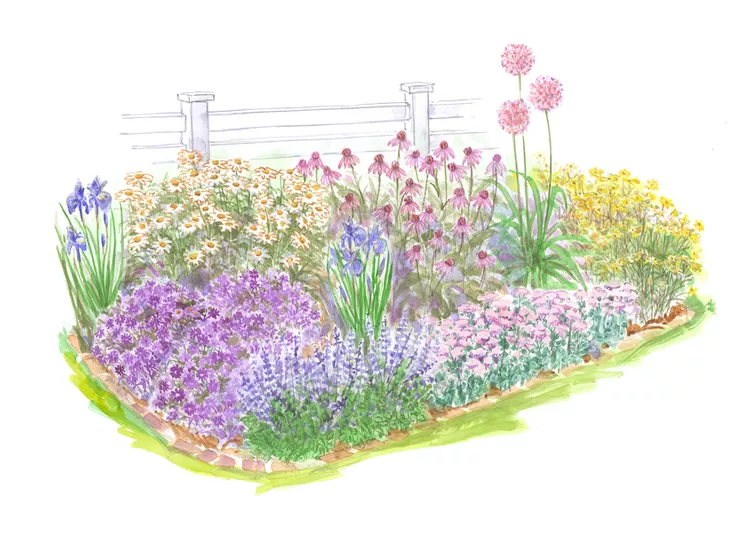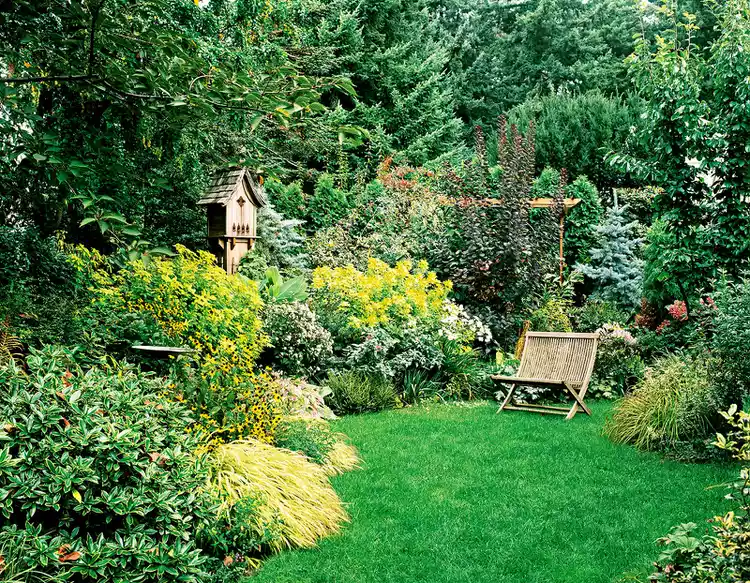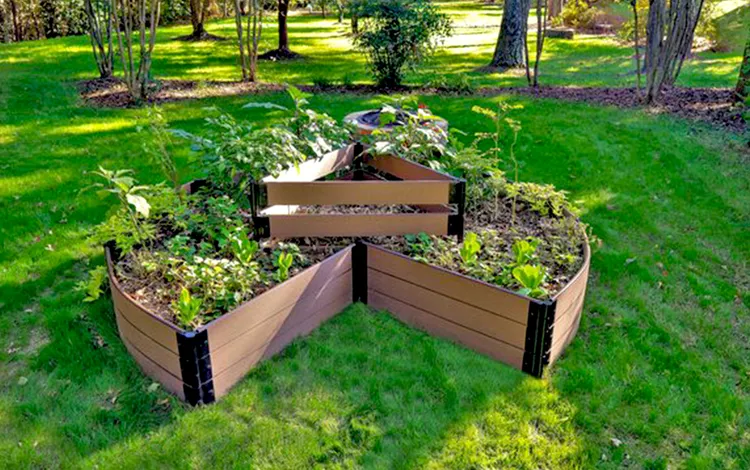Flowers gardening is a delightful and rewarding hobby that allows you to connect with nature and create a beautiful outdoor space. One of the key elements in a successful flower garden is choosing the right plants, and native grasses can be an excellent addition. In this article, we will explore how to grow and care for this low - maintenance native grass, including planting tips and good companion plants.
Native grasses are well - adapted to the local environment, which means they require less water, fertilizer, and pesticides compared to non - native species. They are also more resistant to pests and diseases, making them a great choice for both novice and experienced gardeners. When it comes to choosing the right native grass for your garden, consider the climate, soil type, and sunlight conditions.
Planting Tips
1. **Soil Preparation**: Before planting your native grass, it's important to prepare the soil properly. Start by removing any weeds, rocks, or debris from the area. Loosen the soil to a depth of about 6 - 8 inches using a garden fork or tiller. This will help the roots of the grass to penetrate easily and establish themselves quickly. You can also add some organic matter, such as compost or well - rotted manure, to improve the soil structure and fertility.
2. **Planting Time**: The best time to plant native grass is in the spring or fall. Spring planting allows the grass to establish its roots before the hot summer months, while fall planting takes advantage of the cooler temperatures and increased rainfall. Make sure to check the specific planting requirements for the type of native grass you have chosen, as some may have different optimal planting times.
3. **Spacing**: When planting native grass, it's important to space the plants correctly. This will ensure that they have enough room to grow and develop without overcrowding. The spacing requirements will vary depending on the type of grass, but as a general rule, space the plants about 12 - 18 inches apart. You can use a measuring tape or a garden marker to ensure accurate spacing.
4. **Watering**: After planting, water the native grass thoroughly to help the roots settle in. Keep the soil moist but not waterlogged for the first few weeks until the grass is established. Once the grass is established, it will be more drought - tolerant, but you may still need to water it during periods of extended dryness.
Good Companion Plants
1. **Wildflowers**: Native wildflowers make excellent companion plants for native grasses. They add color and diversity to the garden, and they also attract pollinators such as bees and butterflies. Some good wildflower choices include coneflowers, black - eyed Susans, and asters. These wildflowers are easy to grow and will complement the native grass nicely.
2. **Perennials**: Perennial plants are another great option for companion planting with native grass. They come back year after year, providing long - term beauty to the garden. Some popular perennials that pair well with native grass are daylilies, hostas, and sedums. These perennials have different bloom times, which means you can have a continuous display of flowers throughout the growing season.
3. **Shrubs**: Adding some shrubs to your flower garden can create a more layered and interesting look. Native shrubs such as serviceberry, spicebush, and winterberry can provide food and shelter for wildlife, as well as add structure to the garden. They can be planted around the perimeter of the grassy area or in groups within the garden.
4. **Groundcovers**: Groundcovers can help to suppress weeds and add a carpet - like effect to the garden. Some native groundcovers that work well with native grass are ajuga, thyme, and sedum. These groundcovers are low - growing and will not compete with the grass for resources.
In conclusion, growing and caring for native grass in your flower garden is a great way to create a beautiful, low - maintenance outdoor space. By following the planting tips and choosing the right companion plants, you can enjoy a thriving garden full of color and life. So, roll up your sleeves, get your gardening tools, and start creating your own native grass - filled flower paradise today!






